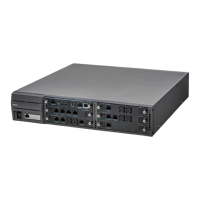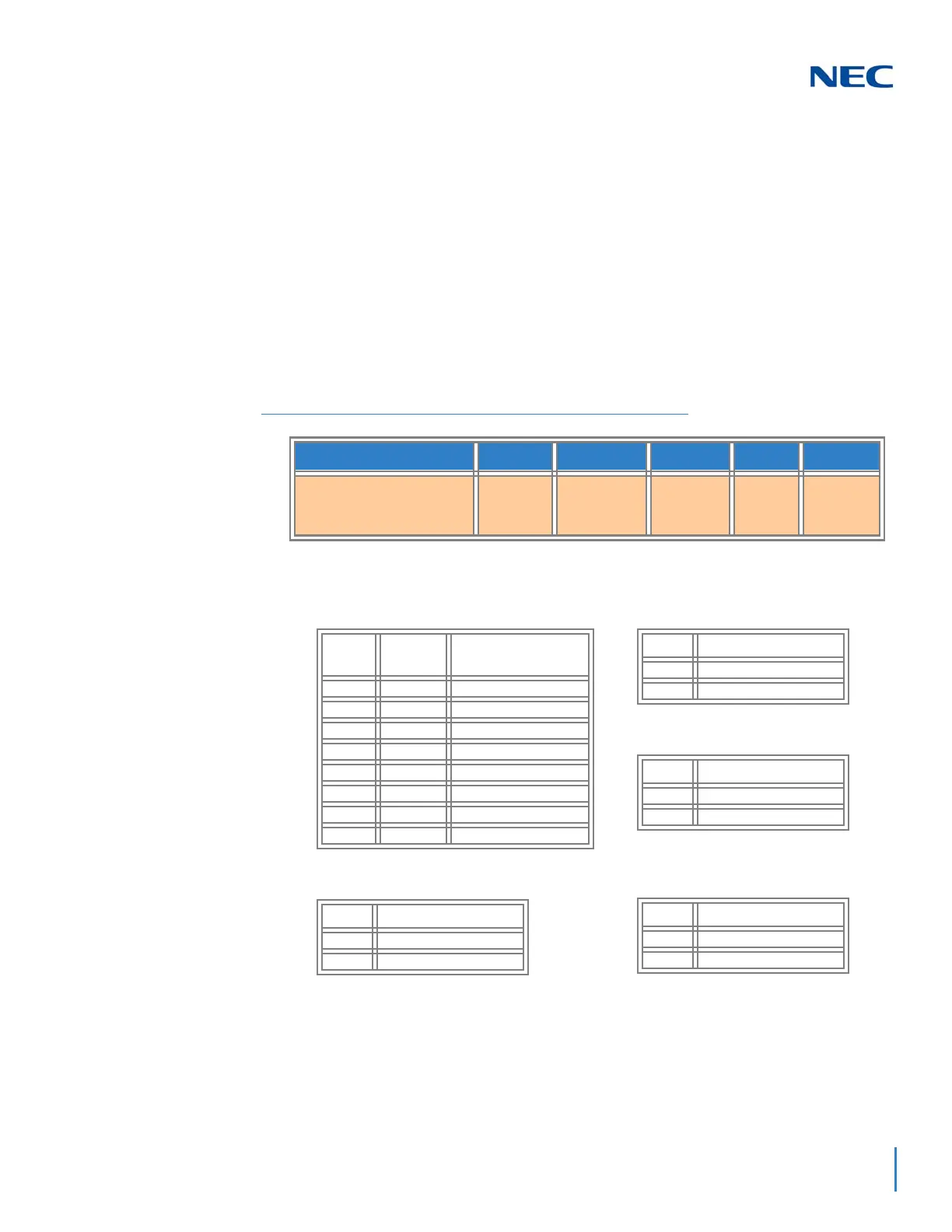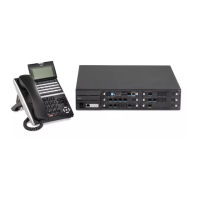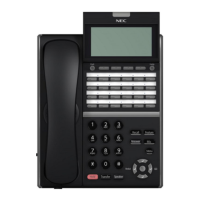Issue 2.0
SV9100 Networking Manual 5-23
7.4 IP Precedence
IP Precedence is a QoS method that combines a priority value with different on/off
parameters; Delay, Throughput, Reliability and Cost. The MBZ (Must be Zero) bit
is not used.
Using the ToS bits, you can define up to eight classes of service. Other devices
configured throughout the network can then use these bits to determine how to
treat the packet in regard to the type of service to grant it. These other QoS
features can assign appropriate traffic-handling policies including congestion
management and bandwidth allocation. By setting IP Precedence levels on
incoming traffic and using them in combination with QoS queuing features, you
can create differentiated service.
Table 5-1 Type of Service Field (IP Precedence - i Ref. REC 1349)
3 Bits 1 Bit 1 Bit 1 Bit 1 Bit 1 Bit
IP Precedence Value Delay Throughput Reliability Cost MBZ
(must be
zero)
IP Precedence Value
Value
Binary
Value
Description
0 000 Routine
1 001 Priority
2 010 Immediate
3 011 Flash.
4 100 Flash Override
5 101 CRITIC/ECP
6 110 Internetwork Control
7 111 Network Control
Delay
Value Description
0 Normal Delay
1 Low Delay
Throughput
Value Description
0 Normal Throughput
1 High Throughput
Reliability
Value Description
0 Normal Reliability
1 High Reliability
Cost
Value Description
0 Normal Cost
1 Low Cost

